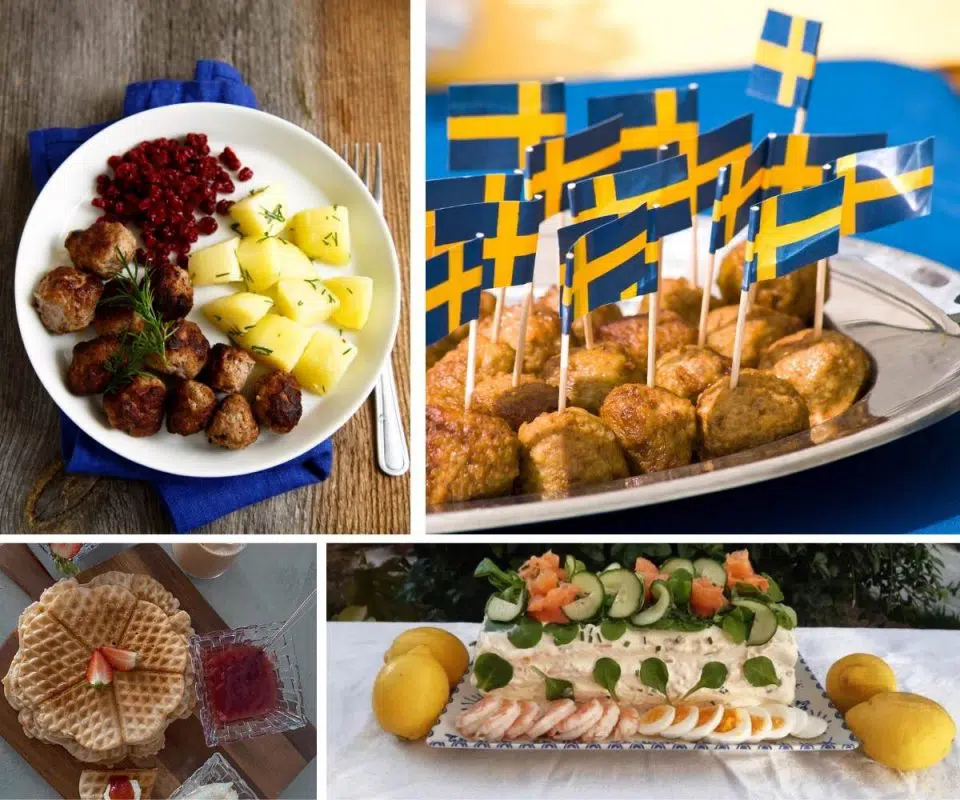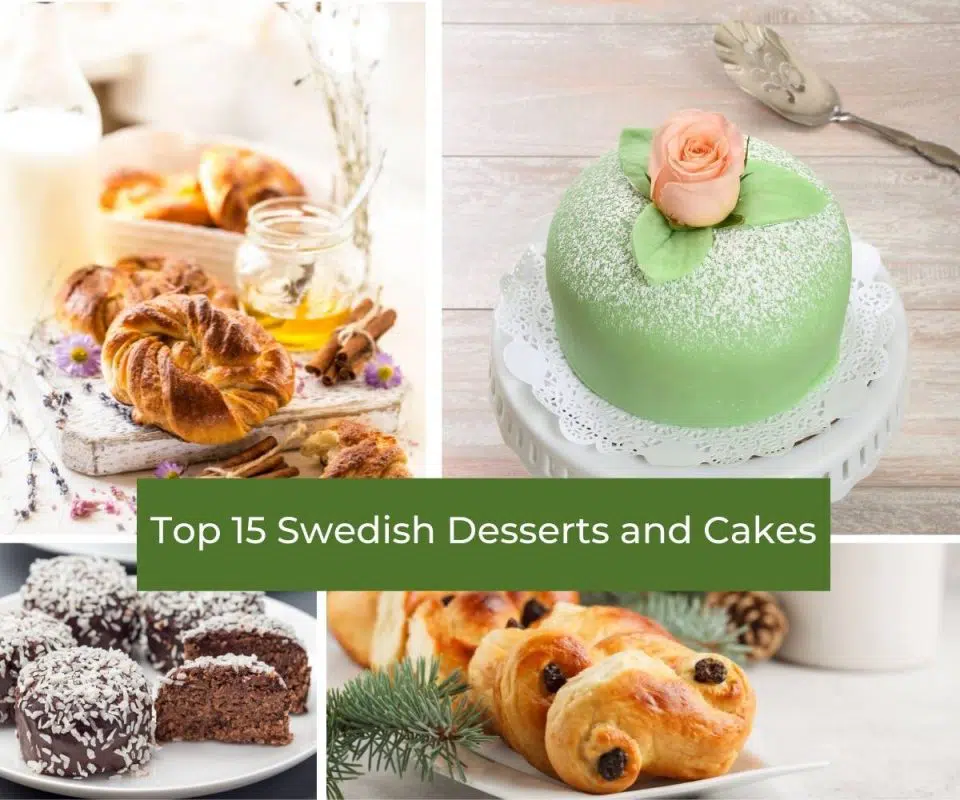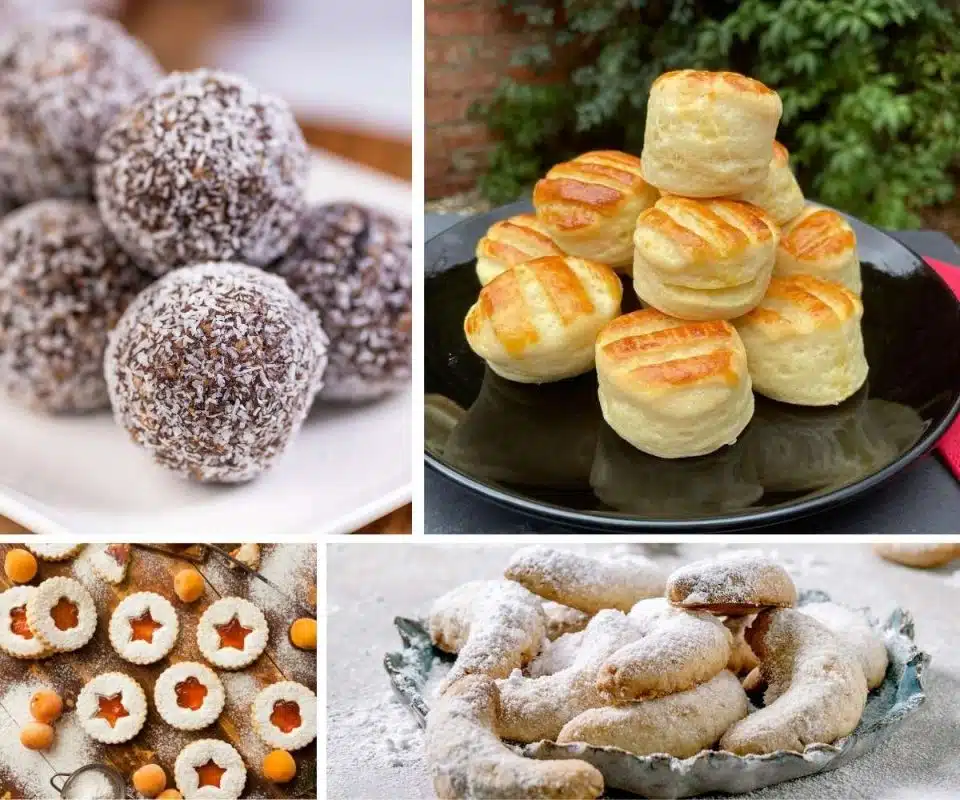The Pacific Ocean. Fertile valley soil. Rich fall harvests. What do these three things have in common? Together, they tell the history of Oregon’s food and all of the culinary wonders that are found in the state.
It is no surprise that as one of three western coastal states, Oregon has a long and loving relationship with the abundant harvests of the Pacific ocean. Beyond the seafood bounty, Oregonians have spent centuries innovating as farmers and chefs to grow crops and create dishes unique to the region.
Read on to explore all the best food that Oregon has to offer!
1. Starting with a taste of the sea: Oysters

No meal on the Oregon coast is complete without sampling some of the best oysters you can find anywhere on the West coast.
Two main types of oysters can be had from Oregon’s estuaries. Olympic oysters are native to the Oregon coast and are primarily found in Coos, Netarts, and Yaquina Bay. Fishing practices of the 1800s drastically reduced the native oyster populations, which led to the introduction of the Pacific oyster to Oregon waters.
The best way to experience an Oregon oyster is raw on the half shell, with your choice of lemon, tabasco, or a classic mignonette spooned on top.
Brought over from Japan, Pacific oysters are commercially farmed in Tillamook bay and the three aforementioned bays.
Despite only two main types of oysters, each estuary and season creates a unique flavor profile, much like a wine terroir, so there are endless options for unique-tasting oysters. They are found steamed, pan-fried, and barbequed, but the best way to experience an Oregon oyster is raw on the half shell, with your choice of lemon, tabasco, or a classic mignonette spooned on top.
2. A seasonal delight: Dungeness Crab boil

More seasonal and fickle than oysters is the Dungeness crab, with a short crabbing season that starts in December and runs through early spring.
Newport, Oregon has been called the Dungeness crab world capital.
The decadent sweet meat is well worth the wait! An average of 10 million pounds of crab is pulled in every season along the Oregon coast. Newport, Oregon has been called the world capital for Dungeness crab and is a fantastic place to either catch your own dinner or buy incredibly fresh crab from the local markets or fishermen.
A simple crab boil is the purest way of experiencing Dungeness crab, with your choice of other seafood favorites thrown in along with corn and potatoes. For more of a starter, pan-fry Dungeness crab meat into the classic crab cake, and serve with tartar sauce and a slice of lemon.
3. The ocean powerhouse: Pacific Salmon
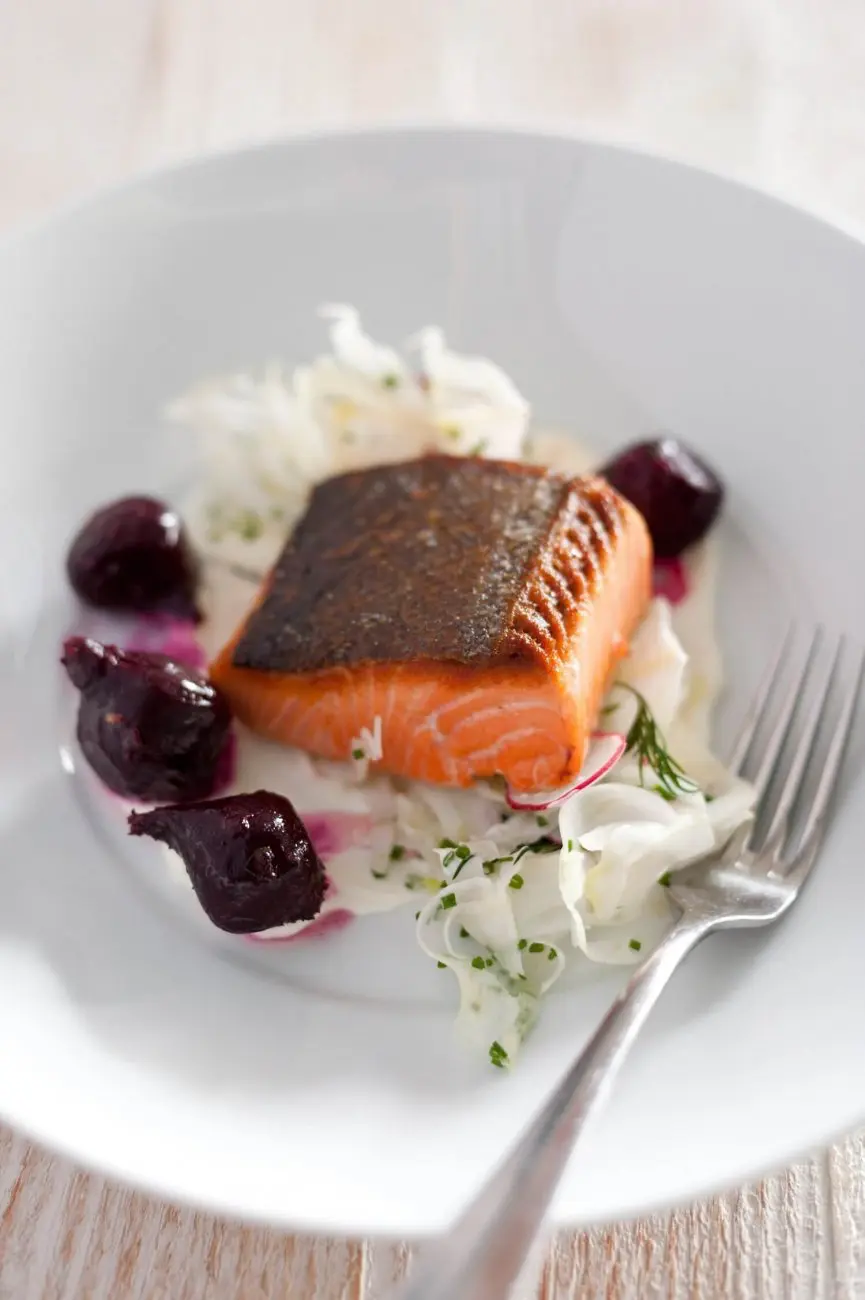
Running along the northern Oregon border, the Columbia River historically hosted some of the largest salmon runs in the entire world.
Long before the state ever existed, indigenous tribes would gather at Celilo Falls, midway up the river, which served as a massive fishing ground and trading outpost. To this day, salmon continues to be incorporated into restaurant menus and home-cooked meals all over the state.
The two most common types of Pacific salmon are Chinook and Coho, but you can also find Pink, Sockeye, and Kokanee salmon. Each has a unique flavor profile and is worth trying at least once!
Like the rest of the seafood mentioned above, salmon does best when prepared simply and allowed to shine as the main ingredient. Grilled or Cedar plank roasted salmon, with a simple topping of butter, fresh herbs, soy sauce, honey, or lemon, will delight your palate as you taste the essence of the sea.
Hickory, oak, or applewood hot smoked salmon is a great alternative for those who want the smokey, wood-infused flavor in their breakfast of choice. Great options range from the simple bagel-and-lox to a smoked salmon hash.
4. The mecca for vegan food: Portland
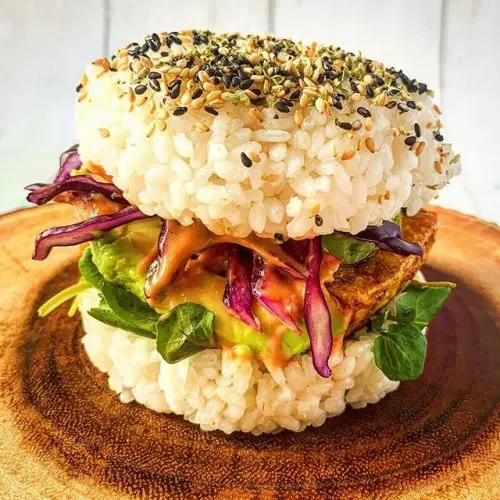
Portland is by far the largest city in the state of Oregon and has long been lauded as a place for alternative lifestyles. With a ravenous set of locals and plenty of tourists to boot, the city has a rich history of affordable and diverse restaurants.
The combination of these factors has made the city the top-rated destination for vegan food in the country and globally for that matter.
Both vegan classics and new and exciting fusion foods are available in Portland. The oldest tofu maker in the U.S. has called Portland home since 1911. Tofurky, a recent national craze, is made locally not far from the city.
The innovation of local restaurateurs is what really makes Portland shine. In the city, you will find vegan alternatives for almost any traditional food you could imagine. Pork belly sandwiches, chicken wings, tacos, charcuterie, vegan burgers, and more can all be found made 100% vegan with innovative uses of alternative ingredients like seitan and jackfruit.
5. Wine from the valley: Pinot Noir & Pinot Gris

For many people, France is synonymous with the best wines in the world, but one of the well-kept secrets of the Willamette valley (though less so these days), is that the wine grown among these sun-dappled, fertile slopes rivals the finest in the world.
Oregon has a short wine history as it was only in the 1960s that the earliest vineyards were established post-prohibition. Remarkably, within two decades certain Oregon wines were winning blind taste tests against even the best French and Italian wines.
Pinot noir is the darling star of Oregon wine. The state has more rigid standards than the rest of the country, requiring all wines labeled as Pinot Noirs to be made from 90% Pinot grapes. Full-bodied and complex, this red wine equals and sometimes even surpasses its more famous Red Burgundy cousin.
For fans of white wines, who want something refreshing and crisp, the Pinot Gris vintages of the Willamette Valley are a perfect choice.
6. Golden hops: the craft beer of Portland

Oregon is the third-largest grower of hops in the United States, and the largest producer by far sits just north across the state border in Yakima, Washington.
Between what is grown in-state and easily sourced from nearby neighbors, Portland consistently sits near the top of microbrewery density per capita in major American cities. Perhaps even more impressively, the much smaller city of Bend, located in the mountains of central Oregon, is also often found on these lists.
With the combined brewing expertise of the two cities, along with many other breweries scattered throughout the state, the region has become known for its award-winning stouts and sour ales. Of particular note is the subcategory of wild sour ales, which are made via a special type of fermentation to introduce incredibly unique, funky flavors to the beer.
7. Hazelnuts: a true Oregon specialty

Oregonians are positively nuts about filberts, also known as hazelnuts, to the extent that they were chosen as the official state nut. 99% of all hazelnuts in America are grown in Oregon.
Unsurprisingly, hazelnut orchards are almost exclusively found in the Willamette valley. In the common trend of all of Oregon’s famous foods, you are either going to fish them out of the Pacific Ocean or gather them from the rich valley farmlands.
Hazelnuts are the official state nut.
Hazelnuts are ripe and ready to pick in the fall during September and October. They’re easy to store, making them a menu staple year round, and versatile enough to be used in both savory and sweet dishes. Toasted and crumbled hazelnuts can be found topping salads, proteins, and pasta.
Substituting the nut into traditional recipes for sauces like romesco and pesto leads to a fun twist on a classic taste. Finally, the nuts are wonderful in sweet desserts and are often baked into cookies, cakes, and toffee.
8. Ending on a sweet note: Marionberry Pie
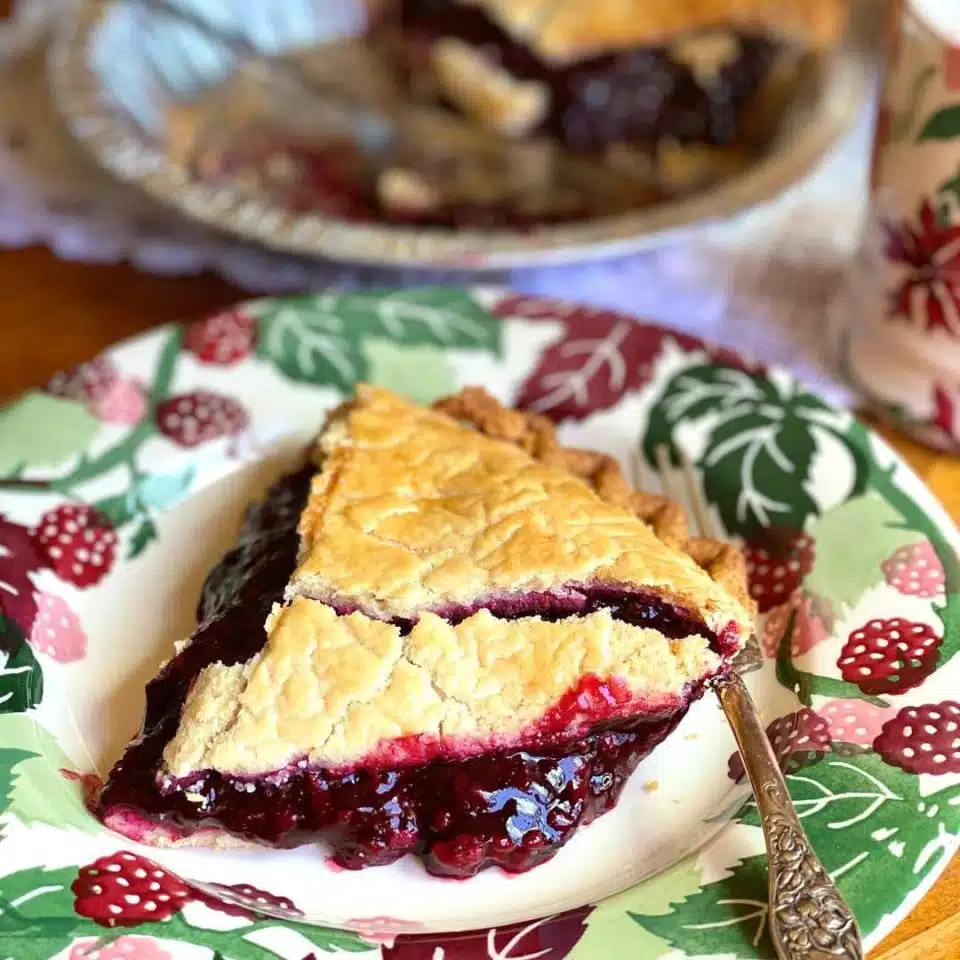
1956 marked the official release of the Marionberry, a cross-breed between Olallie and Chehalem blackberries, and named after the county in Oregon in which the berries were created.
Grown exclusively in the Pacific Northwest, the berries are considered a top notch variety both for eating by hand and processing.
They are a perfect balance of tart and sweet, making them the ideal candidate for making jams, sauces, and baking into all sorts of goods. The ultimate way to experience these wonderfully unique Oregon berries is baked into a pie, served warm, with a scoop of vanilla ice cream.
The post The Most Iconic Food of Oregon appeared first on Chef's Pencil.
from Chef's Pencil https://ift.tt/JYNCtQP
via https://chefsspenncil.blogspot.com





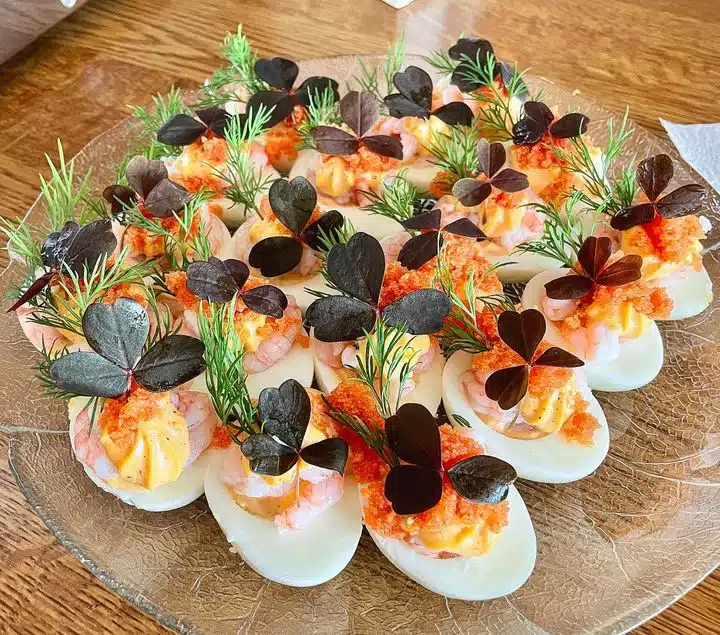




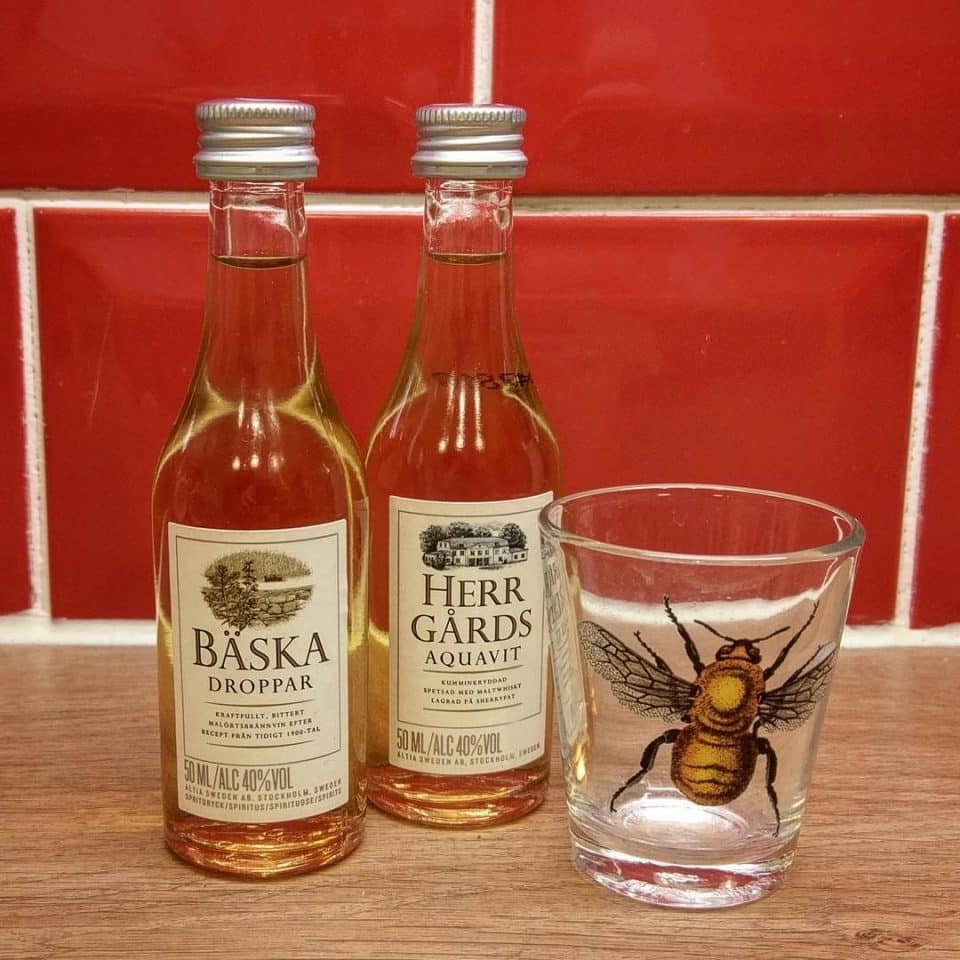


 !!
!!